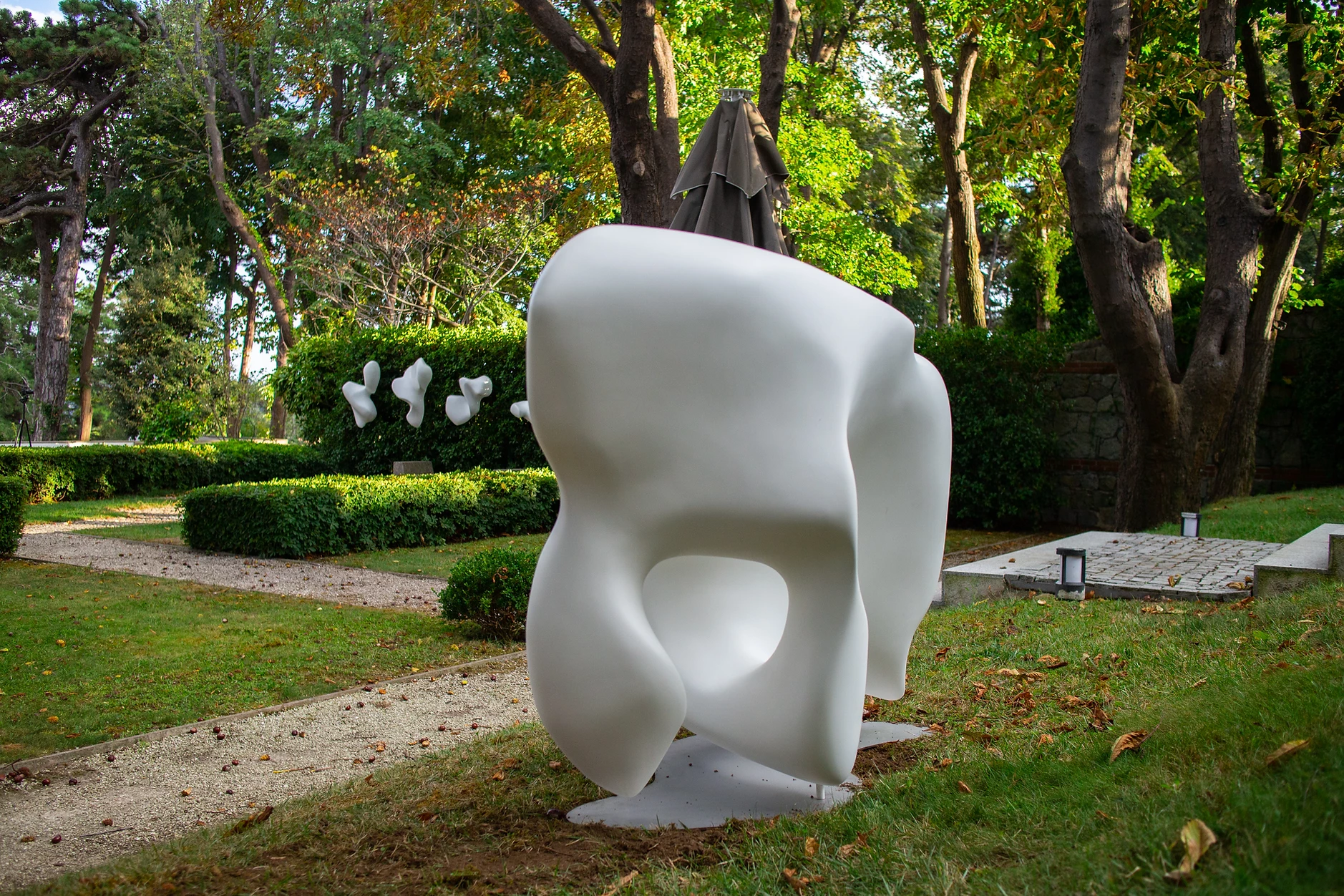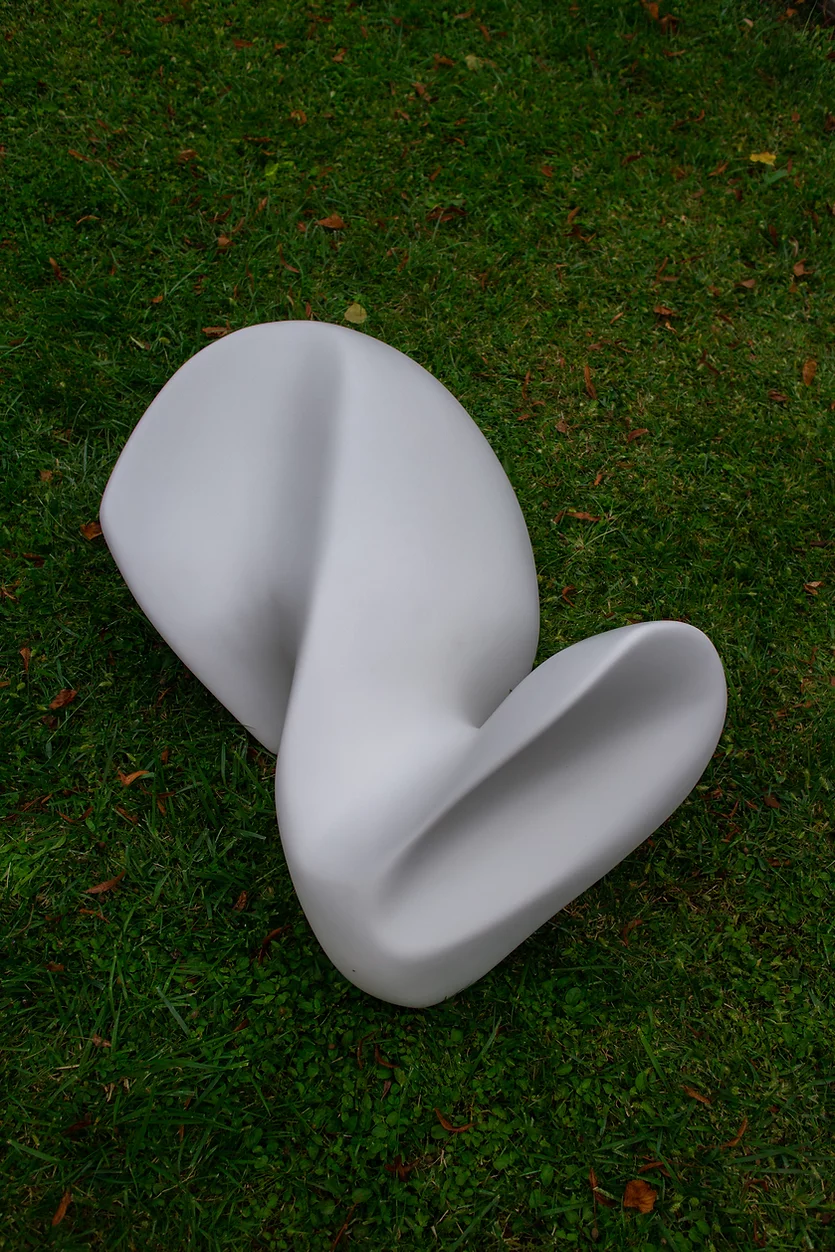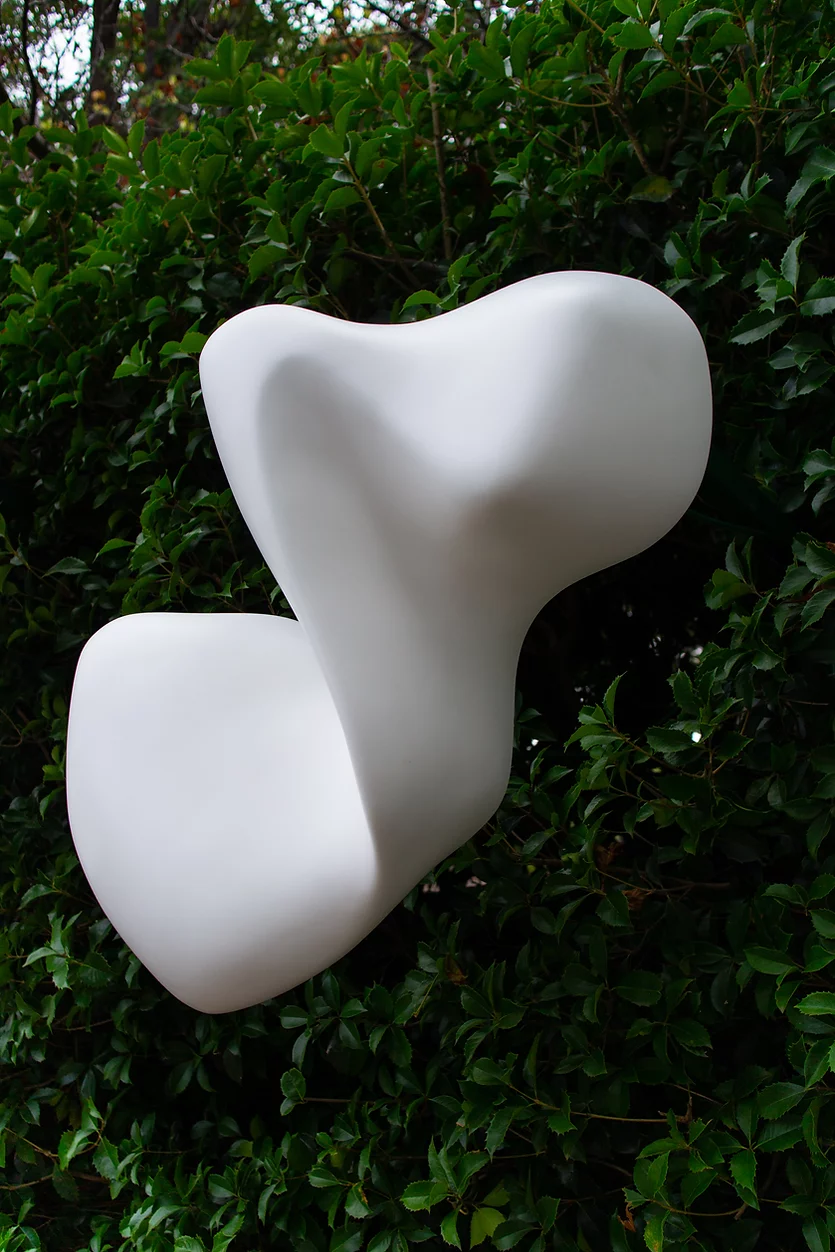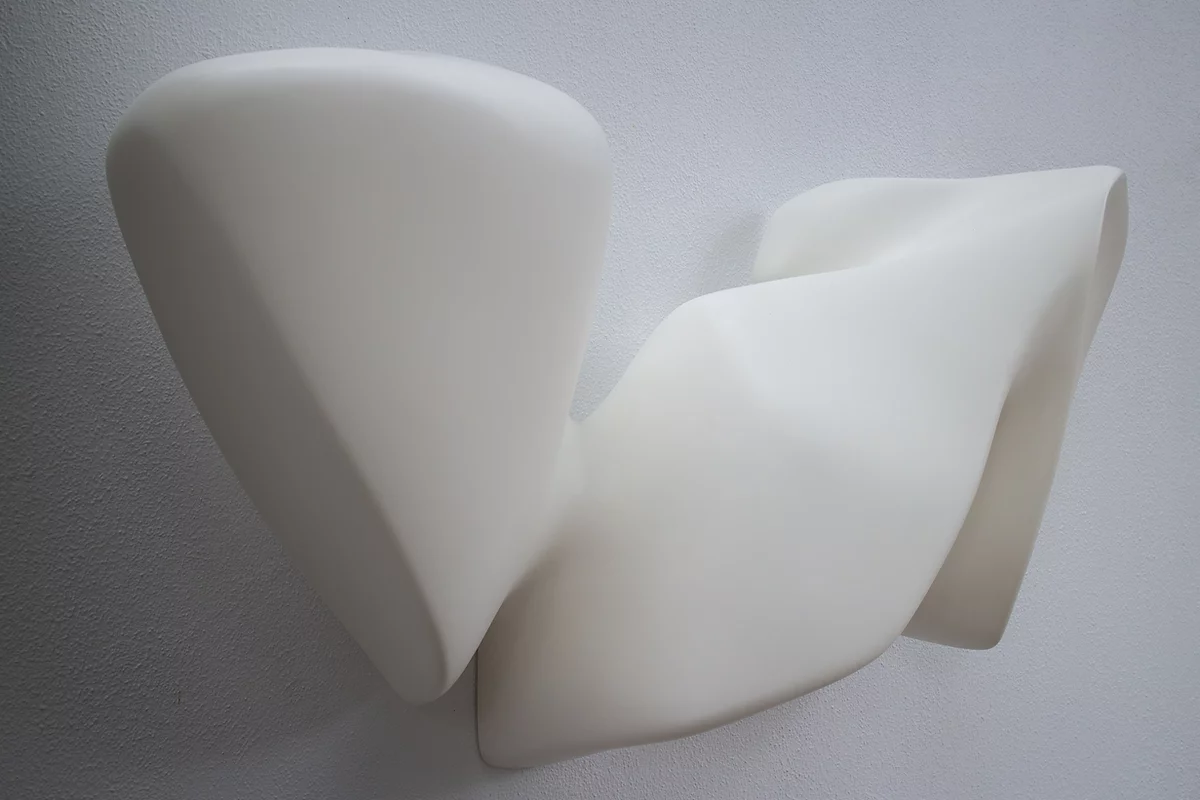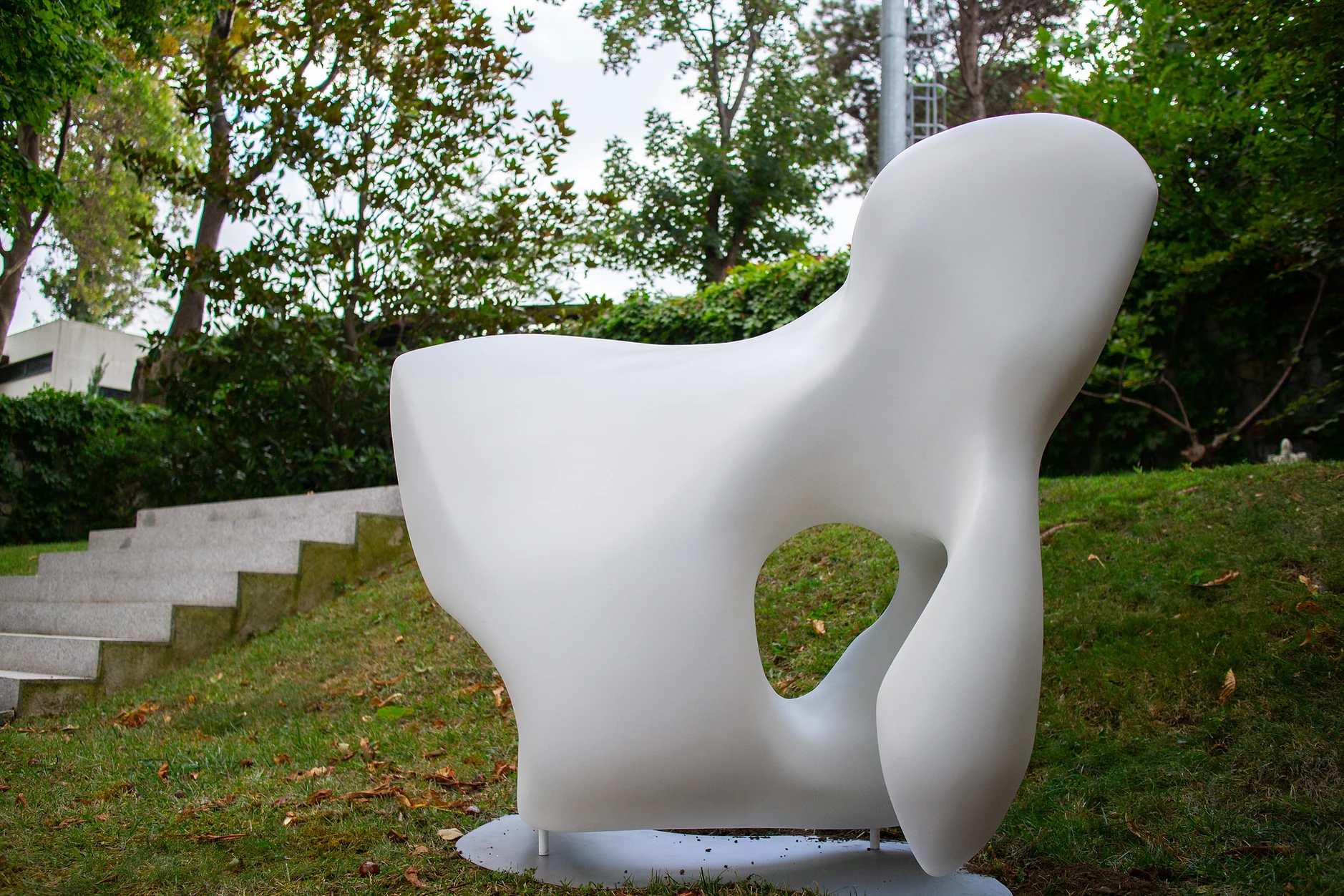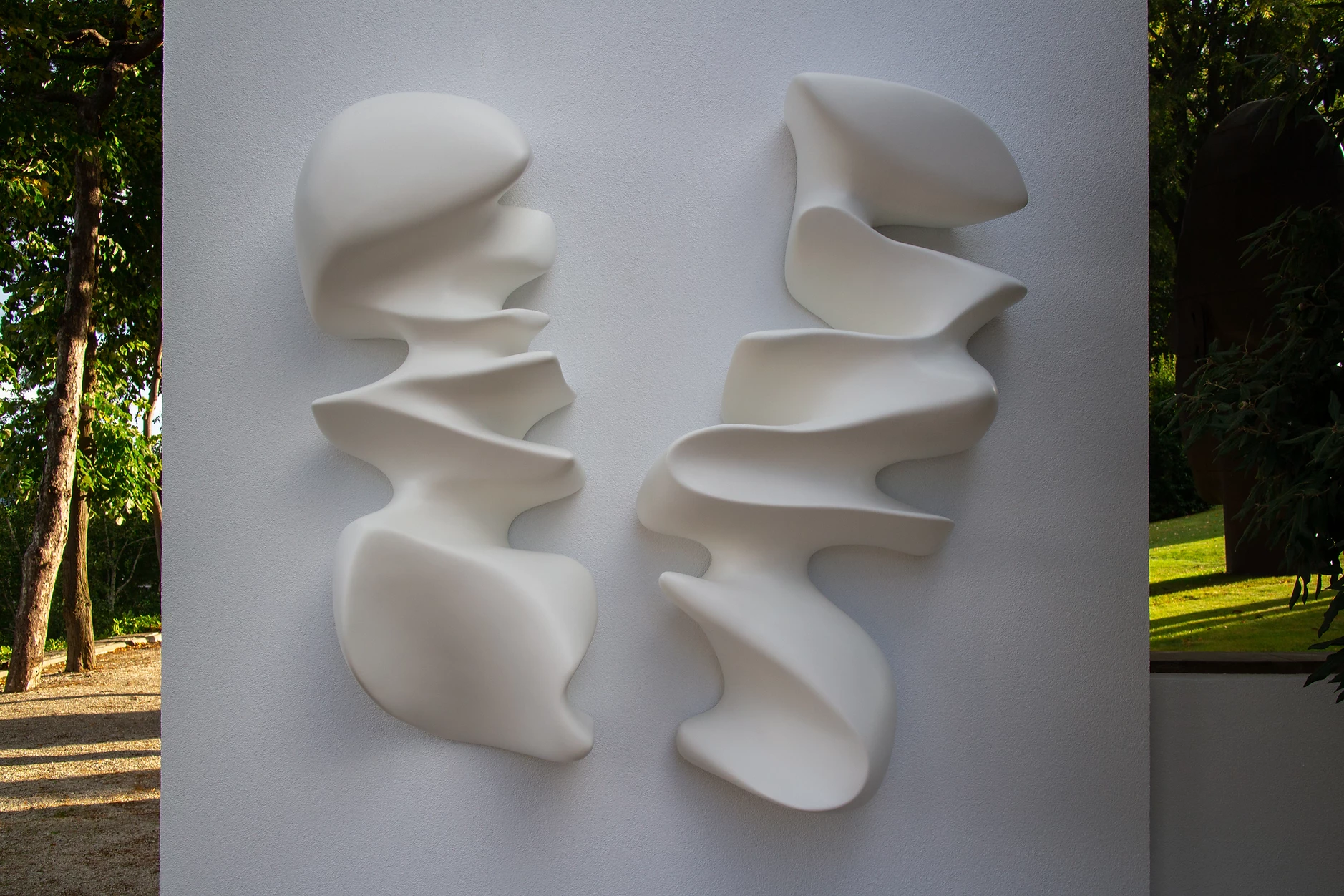Pg Art Gallery is pleased to introduce the solo exhibition of Günnur Özsoy called "White", hosted by Gate 27, between September 18th and November 8th. The exhibition can be visited by appointment in the garden of Gate 27 which was founded by Melisa Tapan and is located in Yeniköy.
At Pg Art Gallery Çukurcuma, a video documenting the work of the same exhibition, as well as the process of establishing the exhibition, can be viewed.
WHITE MUTANTS
In the twentieth century, sculpture went through multifaceted stages, from Rodin to Bracusi, from El Lissitzky to Mark di Suvero, from Henry Moore to Isomu Noguchi, and it constantly entered new expansions, but its basic principle never changed: This basic principle is the representation of a thought, an emotion, a concept in a spatial space.This representation carried the characteristics of expressionist, futurist, cubist, surrealist currents. It entered symbolic, geometric, expressionist, abstract forms. It descended from the pedestals in the gallery halls to the floors of the spaces. It went from indoors to outdoors and into nature.
As the Modernist, who entered a stage of perfection, began to question the tension field in which the sculpture was suspended, possibilities of exit from this tension field began to be sought. The field had to gain new expansions; In the living space of man, the three-dimensional work had the possibility to exist in different forms. When it came to implementation, artists began to use the opportunities provided by the open space in many different positions.
Postmodern sculpture pretended to exist in a field of objectivity and neutrality; Thus, these new sculptures got rid of the political, social and cultural references that are the historical features of sculpture. The liberation of the sculpture was an important aesthetic, ontological and epistemological stage.
The works of Özsoy produced with industrial materials (polyester) from the 1990s to today constitute today's examples of this development, aesthetics and social relations opportunities. The organic structure of Özsoy's production and its conceptual content, which envisions liberation by transcending the boundaries of the current institutional order, help the sculpture to be directed to the open space almost spontaneously. Özsoy's desire to exhibit the white amorphous objects she produced for this exhibition in this ecological park on the northern hills of the Bosphorus ensures that the natural forms underlying his works exist in its own unique area.
Although the productions connected to the way pandemic conditions have shaped social life at the macro and micro level since March are a continuation of Ozsoy's amorphous figures in form and aesthetics, this time it can be said that these works carry the weight of a “zeitgeist” (spirit of time).
With this largest outbreak of viruses threatening human existence, all living conditions have undergone a radical change, while the form of the virus has infiltrated our image. A virus that is invisible to the eye is an organism consisting of a protein-coated nucleic acid; it carries a nucleus that carries DNA or RNA. A virus needs a living cell, plants, animals, or bacteria to live, and they reproduce by replicating itself. The deadly power of the virus can only disappear when it mutates. Ozsoy's White amorphous-shaped duplicated objects can be called Healing mutants that we hope will exist; in the healing environment of natural space, the image of the deadly virus in our minds is replaced by mutants, symbolizing Salvation…
And white emphasizes this healing. White is the purest and light-reflecting color; it is achromatic, it is colorless, it is the color that shows what is natural, it is the opposite of black, it contains and reflects all the rays of promising light.
White has carried religious, political and cultural meanings throughout history. Modernism imposed simplicity and minimization on it. Ozsoy, aware of this symbolism, chooses white as complementarity, competence, perfection and mastery.
Beral Madra, August 2020
Download Catalog